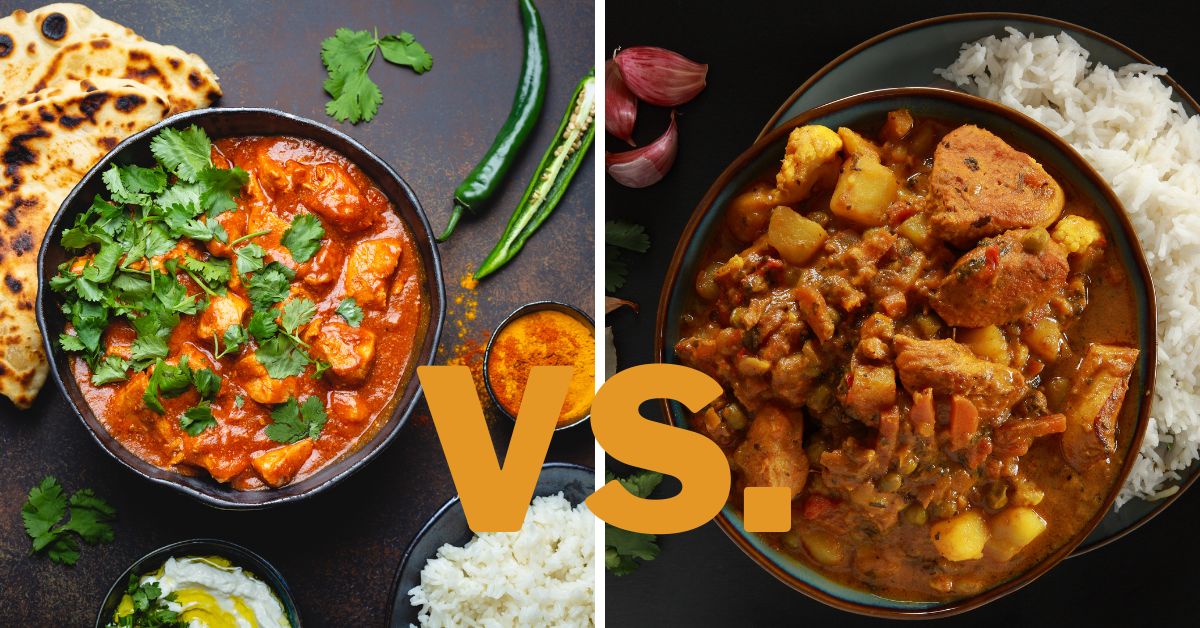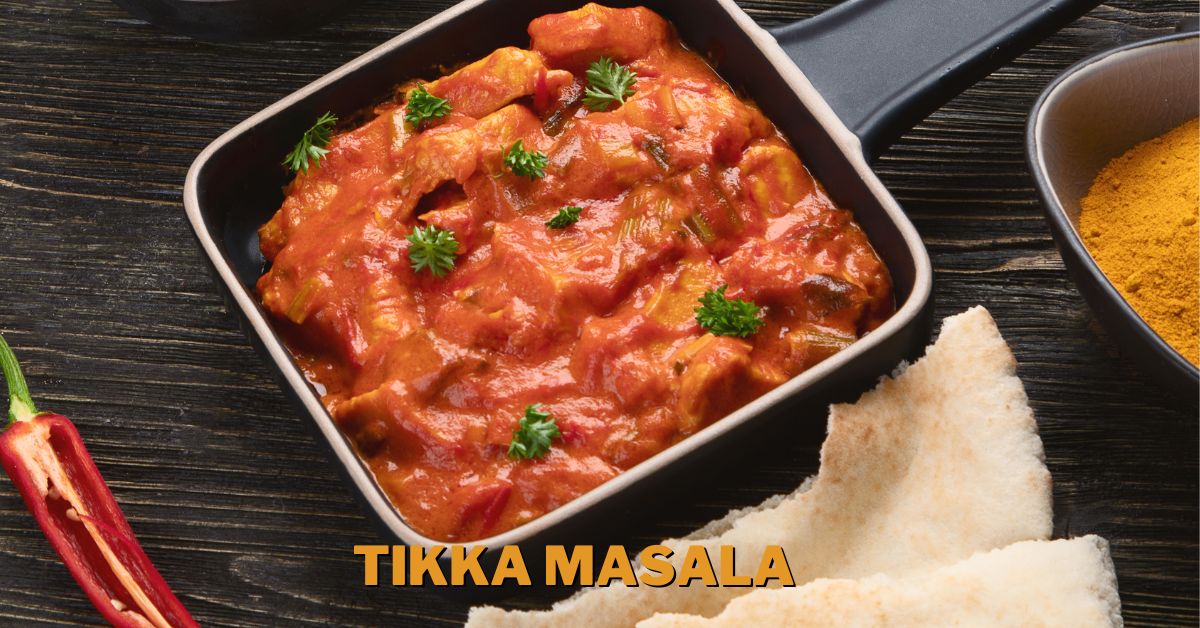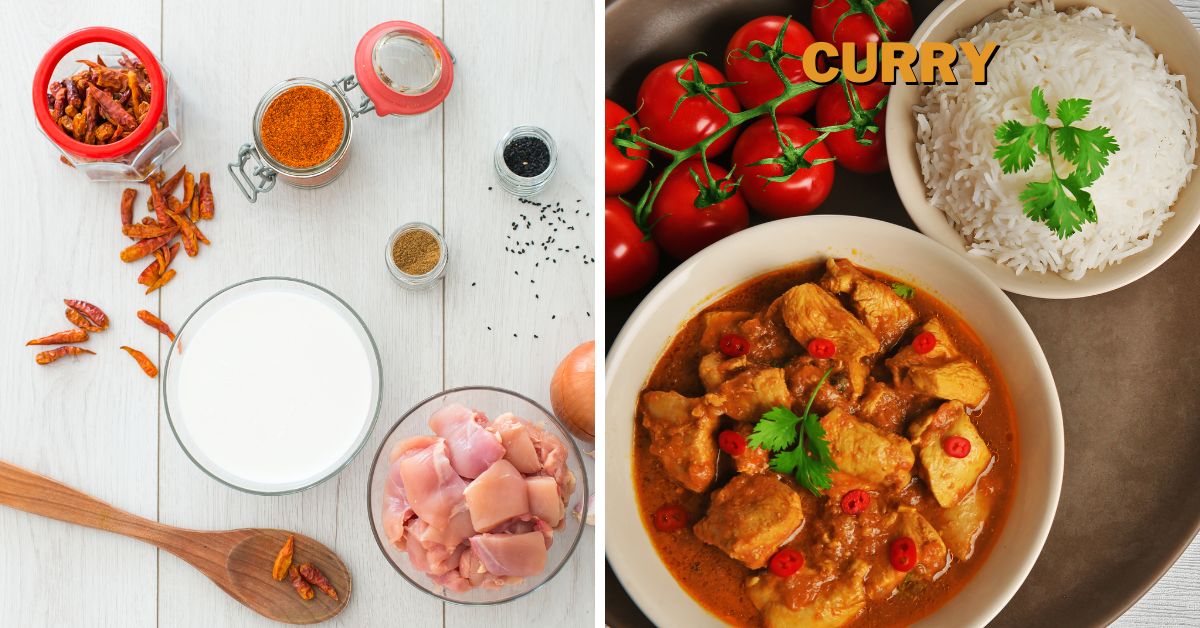Tikka Masala vs. Curry: Differences & Which Is Better?

Best known for chicken masala and curry chicken, masala and curry are cooking styles that result in an amazing flavor of the dish cooked in curry or masala style. Both spicy, amazingly flavorful, and very easy to recognize, they are undoubtedly the signature flavor wherever they are used. Tikka masala and curry are very similar styles. Still, they have some crucial differences, and you need to know certain things before making one or the other, as you may not like the result if you don’t have the necessary information. So what are the differences between tikka masala and curry?
Curry is a style that involves cooking vegetables and/or meat in curry spice, whereas masala can be added to the curry dish to make it spicier. Masala dishes are creamier and spicier than curry dishes, and the masala is usually added at the end, while curry dishes are cooked with curry.
The curry and masala styles are very similar, but they have some essential differences that separate them. In addition to being cooking styles, something like Creole and Cajun, or Hunan and Szechuan, are seasoning blends too. Therefore, people often don’t distinguish them as two separate cooking styles but view them as spices. Therefore, in the following article, I will discuss the differences between tikka masala and curry in terms of cooking styles.
Tikka Masala vs. Curry: Differences
Before we start take a look at a cheat sheet for easier reading.
| Tikka masala | Curry | |
|---|---|---|
| Taste | Spicier and stronger-tasting than curry | Spicy and flavorful, but milder than tikka masala |
| Appearance | Orange and red with brownish shades | Mostly ocher and light brown |
| Texture | Creamy and smooth | Creamy and greasy |
| Structure | It contains chunks of meat and cream | It can be meaty or vegetarian. Contains more oil |
Tikka masala and curry, although very similar, are still two different cooking styles and are worthy of appreciation for what they are. The word “tikka” is of Indian origin, and it means “bits” or “pieces,” and it refers to meat in masala gravy.
Curry style, on the other hand, means meat or vegetable in curry sauce. The most famous representative of the tikka masala and curry style is the chicken, tikka masala, and chicken curry.
The differences between tikka masala and curry are subtle but still present. They differ in taste, appearance, texture, and structure.
Taste
In a word, tikka masala tastes heavenly. It is the perfect combination of spices, such as coriander, turmeric, paprika, nutmeg, cinnamon, cumin, and black pepper. There is no specific definition of this bland of flavors, so you cannot call it just hot, salty, or zesty, as there are many flavors, each coming to light with each new bite. Tikka masala is known for its very specific taste that has noticeable notes of ginger and garlic, making up the entire composition’s originality and uniqueness.
On the other hand, the curry is milder, gentler, and tamer than the tikka masala, mainly because it doesn’t contain the ginger and garlic combination. Curry combines turmeric, coriander, cumin, and chili peppers are optional. Turmeric is the most dominant element of curry, which is why this blend smells like turmeric and also looks a shade or two darker than turmeric.
The masala dishes are creamy and very flavorful, as the masala gravy uses tomato and cream as a base. The curry dishes are also very creamy but milder-tasting and usually use a lot of oil and a tad of cream. Therefore, the masala style is the creamier of the two, and the curry is the fattier.
Appearance
You can simply see the spiciness in the masala dishes. The orange-red color intertwined with shades of dark red and brown is very inviting but alerting too. If you have a sensitive stomach, or can’t handle spiciness, be warned, this style isn’t for you.
The masala’s creamy consistency makes the dishes in this style all the more attractive, with the chunks of meat showing under the creamy cover.

The curry dishes are explicitly ocher-colored, mixed with the color of the other ingredients in the dish. Therefore sometimes, a curry dish may be intertwined with green or red shades, depending on what else is in the dish. The significant quantity of oil in the curry dishes is visible, especially as the dish cooks and gets slightly darker. Therefore these dishes need a lot more stirring so the oil can homogenize with the rest of the ingredients.
Looking at a tikka masala dish and a curry dish, you will definitely be able to spot differences in their appearances, but they will seem much alike. The curry dish is more leaned toward brown and yellow, and the tikka masala toward reddish-orange. Unless you specifically know which is which, you are likely to mix them up, as the color combinations resemble each other greatly.
Texture
The texture of the tikka masala is incredibly smooth, almost silky, with the chunks of meat piercing through the creamy gravy. The tikka masala is thick and stable and is equally dispersed all over the dish, meaning the flavor is consistent with no surprises at each bite.
On the other hand, the curry texture is also smooth, but it isn’t as creamy as that of the tikka masala, even though it is greasier due to the larger amounts of oil used. The curry sauce is not as equally dispersed as the tikka masala, as it is more oily than creamy, and it tends to pile up at certain parts, making the dish taste more intensely in some and milder in other parts.
Overall, both tikka masala and curry are creamy and smooth, with the tikka masala being the more gravy-like and thicker one and the curry being the thinner one of both.

Structure
In addition to the spice blend, the tikka masala contains sautéed vegetables, primarily tomatoes and other veggies of your choice. It also contains cream and is a gravy-like consistency. The tikka masala can contain beef or chicken, which is the tikka part but is best known for the chicken tikka masala.
The curry style can be vegetarian or meaty, depending on your preferences. The curry contains more oil than cream and isn’t as smooth as the tikka masala. Nevertheless, it is creamy and soft, and incredibly seductive.
Tikka Masala vs. Curry: Which Is Better?
Tikka masala and curry have their strengths and weaknesses, but none is superior to the other, as they are different styles.
The tikka masala is very spicy and flavorful, combining many flavors and aromas into one, while the curry is more singular than the tikka masala but impressive nevertheless.
With the curry being the tamer of the two, it should be your choice if you don’t like overly expressive tastes and like some mildness in your dish. It contains a substantial amount of oil, so prepare for a greasy meal.
On the other hand, the tikka masala, although the more aggressive-flavored of the two, is the creamier and smoother one and not as greasy as the curry. Therefore, if you like the texture and the flavors’ playfulness, it should definitely be your choice.
In summary, both tikka masala and curry styles are recognizable and incredibly flavorful. Both styles traditionally contain rice in the dish and vegetables and meat, with chicken being the representative dish of both styles.
Both are Indian-origin styles and incredibly delicious.
